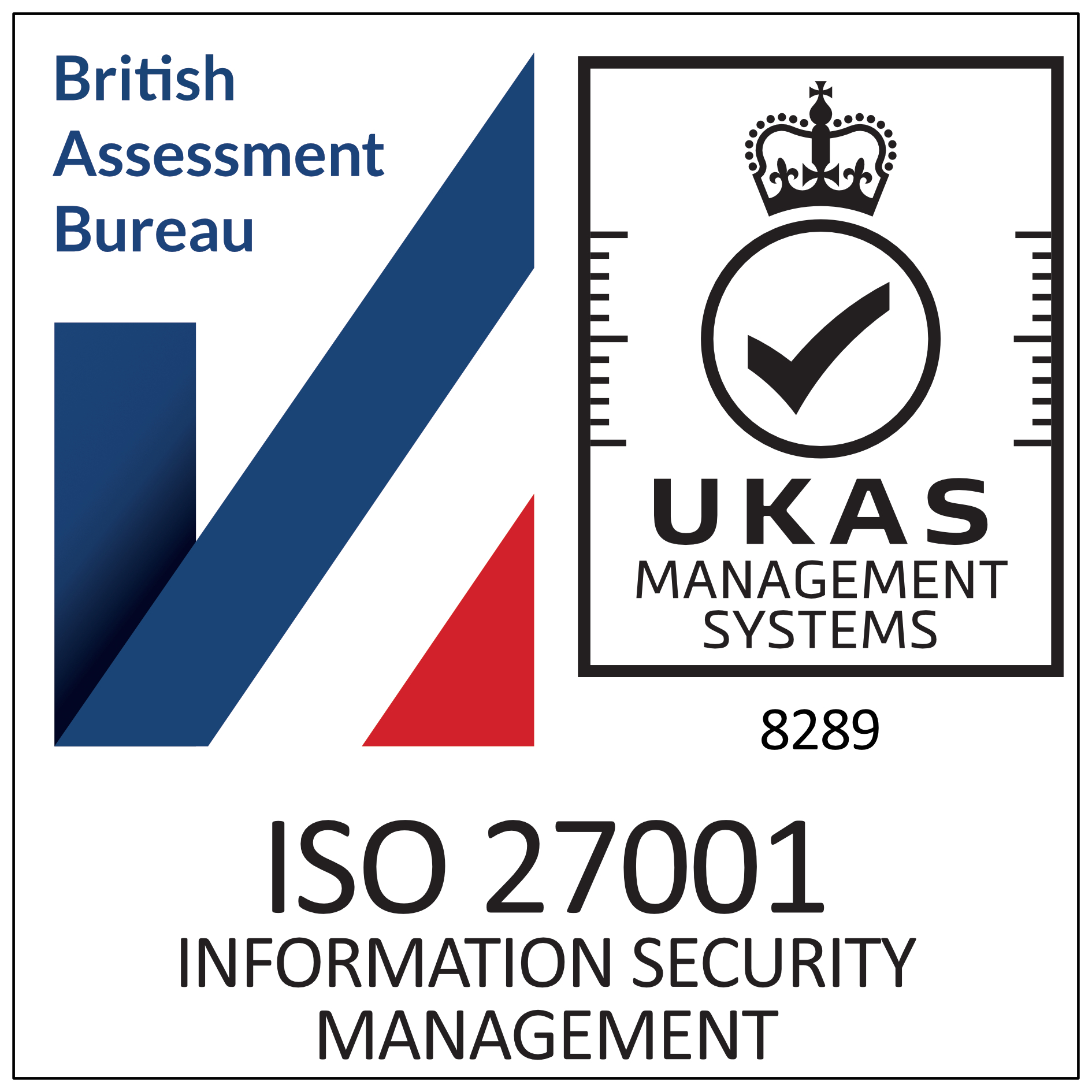Demystifying the NHS’s Levels of Attainment for e-Job Planning and What it Means for You and Your Trust
Demystifying the NHS’s Levels of Attainment for e-Job Planning and What it Means for You and Your Trust

The NHS set an ambitious goal in their Long Term Plan. They set out that by 2021 every NHS trust and foundation trust should have electronic rosters or e-job plans up and running.
As with many best-laid plans, real life threw a spanner in the works. There have been quite a few hurdles along the way, including COVID-19 pandemic. But rest assured, the ambition hasn’t dimmed and NHS trusts are still fully committed to reaching and reaping the benefits a fully Job Planned workforce will achieve.
So in this blog, we’ll delve into the five ‘Levels of Attainment’ established by the NHS for implementing and using e-job planning software. We’ll explore what these levels are, their importance, challenges in their adoption, and potential risks in not doing so.
Understanding the Levels of Attainment
The ‘Levels of Attainment’ are essentially benchmarks used to measure a trust’s progress in adopting and using e-job planning software. They are:
Level 0: No e-job planning
Level 1: Basic individual e-job planning
Level 2: Advanced individual e-job planning
Level 3: Team e-job planning
Level 4: Organisational e-job planning
Each of these levels is tied to specific ‘meaningful use standards’ that delineate the necessary processes and systems a trust needs to have in place. Further details about these standards can be found in the ‘SARD Level Of Attainment Guide’.
The Importance of These Levels
The progressive nature of these levels allows trusts to methodically enhance their workforce planning. By progressively advancing through the levels, trusts can ensure they’re deploying their clinical workforce most effectively. The ultimate aim is to have the right staff, with the right skills, in the right place at the right time, thereby boosting productivity and the quality of patient care.
Challenges in Adoption
The implementation of new systems always comes with challenges. Providing effective training for staff on the use of the e-job planning software can be a significant task. Additionally, there may need to be a cultural shift towards transparency and fairness in e-job planning, particularly at the higher levels which can pose its own set of challenges.
Potential Risks
Failure to effectively implement the e-job planning system could lead to a mismanagement of workforce resources, potentially affecting patient care. Resistance from employees uncomfortable with the change or the transparency associated with these digital tools is another possible risk. Moreover, like any digital tool handling sensitive employee data, there are inherent data security and privacy considerations to manage.
Still, the potential benefits of this e-job planning model are vast. A survey conducted by NHS E&I in July 2018 found 73% of trusts at attainment Level 0, indicating a significant opportunity for trusts to realise the benefits of e-job planning software. By methodically advancing through the Levels of Attainment, NHS trusts can optimise workforce deployment, thereby improving both productivity and patient care.
In conclusion, the journey to Level 4 is akin to climbing a mountain. It comes with its fair share of challenges that require commitment, time, and a willingness to adapt. However, reaching the summit promises a new normal that allows for smoother and more efficient operation of the NHS, ensuring staff are utilised to their full potential, and patients receive the high level of care they deserve.
Futher reading:
Recent Articles

Registered address
SARD JV Limited
Unit 76, Innovation Centre
University Road, Canterbury
CT2 7FG
A joint venture with Oxleas NHS Foundation Trust.
Registered in England and Wales with company number 07916735. VAT No. 131901840
Designed and built By Tweak Marketing
Privacy Policy





